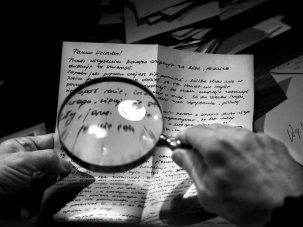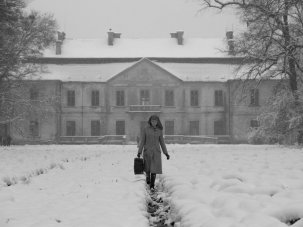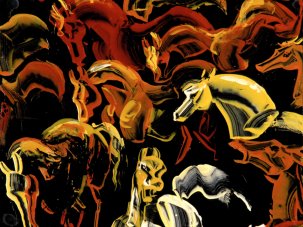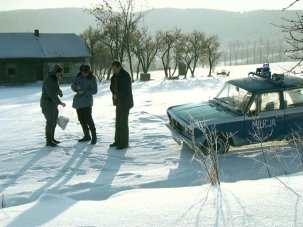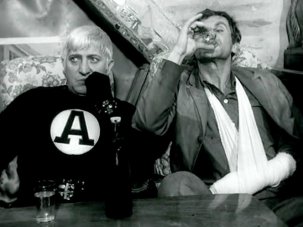Web exclusive
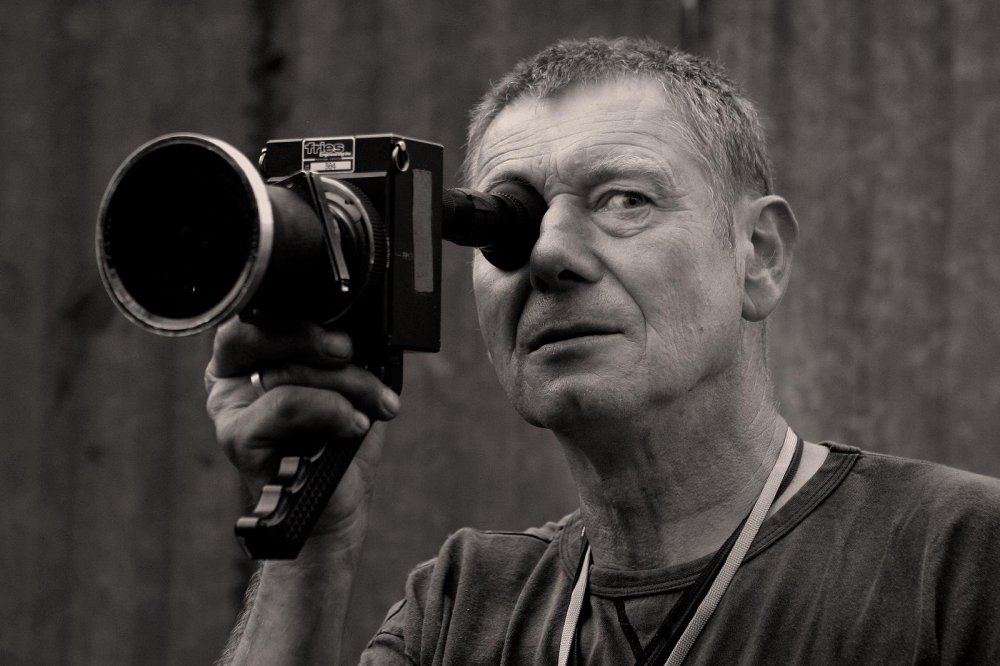
Jacek Petrycki
Jacek Petrycki is one of Poland’s most accomplished cinematographers. Passionate about physics but encouraged to follow his father into working as a DP, he applied to the prestigious Łódź Film School at the age of 17, and joined the Warsaw Documentary Films Studio a year after graduating in 1971. Over the following two decades he would work closely with some of the greats of Polish cinema, playing a key role in the rise of the documentary form in the country through both his collaborations with Krzysztof Kieślowski and Marcel Łoziński on their audacious early nonfiction experiments and on politically engaged portraits of Poland’s underground resistance. He also followed Kieślowski into the fiction world with Camera Buff (1979) and No End (1984), and collaborated with Agnieszka Holland on a number of her early fiction features including Provincial Actors (1979), Fever (1981) and A Woman Alone (aka Single Woman / A Lonely Woman, 1981).
Agnieszka Holland’s Provincial Actors screens in the season Martin Scorsese presents Masterpieces of Polish Cinema, 15 and 16 May 2015 at BFI Southbank and 29 May and 9 June at the Edinburgh Filmhouse.
The 13th Kinoteka Polish Film Festival continues until 29 May at venues around the UK.
After the collapse of Communism, Petrycki sought new challenges, collaborating with the likes of Angus McQueen, Paweł Pawlikowski, Archie Baron and Clive Gordon on British documentaries for the BBC and Channel 4. He won a BAFTA in 1995 for his work on Gordon’s Betrayed, and a Welsh BAFTA the following year for John Evans’s Sgwarnog Hapus.
Along with other Polish filmmakers, Petrycki was a guest of the Neither/Nor series I curated at the 2015 True/False Film Festival, dedicated to Poland’s chimeric cinema of the 1970s through the 90s. A programme of films that boldly mix fact and fiction seemed the perfect setting to speak with Petrycki about his multifaceted art.
How did you discover your passion for cinema?
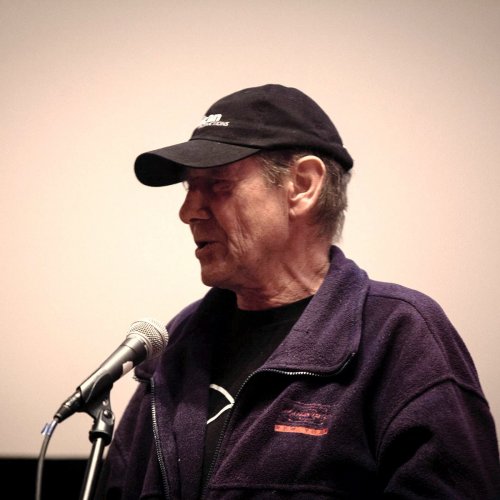
Jacek Petrycki at the 2015 True/False Film Festival
I was a mediocre film student. The second year, however, was an awakening, because Stanisław Latałło [a filmmaker who died aged 29 while mountaineering in the Himalayas, and was also the star of Krzysztof Zanussi’s Illumination] returned from a sabbatical. Stan worked as an assistant to the renowned documentary cinematographer Zygmunt Samosiuk, and brought with him a love for documentaries. We became fast friends. He slept on the floor in my room in Łódź. I visited him in Warsaw and discovered a new world.
When I finished school, I was so determined to make documentaries that I went to the Warsaw Documentary Film Studio and asked if they would hire me. They laughed in my face. But my father helped me become an assistant. I made the lowest wages. I cleaned lenses, carried batteries and prepared sets. But in this way, I joined a team of Krzysztof Kieślowski, Marcel Łoziński, Andrzej Titkow, Paweł Kędzierski, Piotr Kwiatkowski and Witold Stok. Bohdan Kosiński was our guru. I was the third camera for Kieślowski and Tomasz Zygadło’s documentary Workers ’71: Nothing About Us Without Us (co-directed by Kędzierski, Wojciech Wiszniewski and Tadeusz Walendowski, 1971) and for Łoziński and Kędzierski’s documentary Happy End (1973).
Then Marcel hired me as a cinematographer for [the documentary] The Visit (1975). I could finally think about form. Not just what, but how. Marcel wanted to make a film about the media, about how unjust and brutal journalists and filmmakers can be towards their subjects. His wife saw on television a young woman, Urszula, who was perfect for the film. Marcel warned Urszula he would bring the media, which would abuse her. The young journalist whom Marcel brought had made a name for herself in politics. She was tough but not a Communist. So the film is not necessarily black-and-white. Its essence lies in the interaction between these two women, between the one’s attack and the other’s defence.

Marcel Łoziński’s The Visit (Wizyta, 1975)
Łoziński saw the camera’s interference in life as inevitable. He played with the line between fiction and nonfiction, between unmitigated truth and staging.
This kind of lie was justified, according to our philosophy.
But you also worked with Kieślowski when he made documentaries, and his attitude was different.
With Krzysztof, we began with very modest observations. Later, we analysed the Communist system, but Krzysztof never wanted to be literal. We wanted to convey the truth, but we needed to use all kinds of methods, or even ‘tricks’.
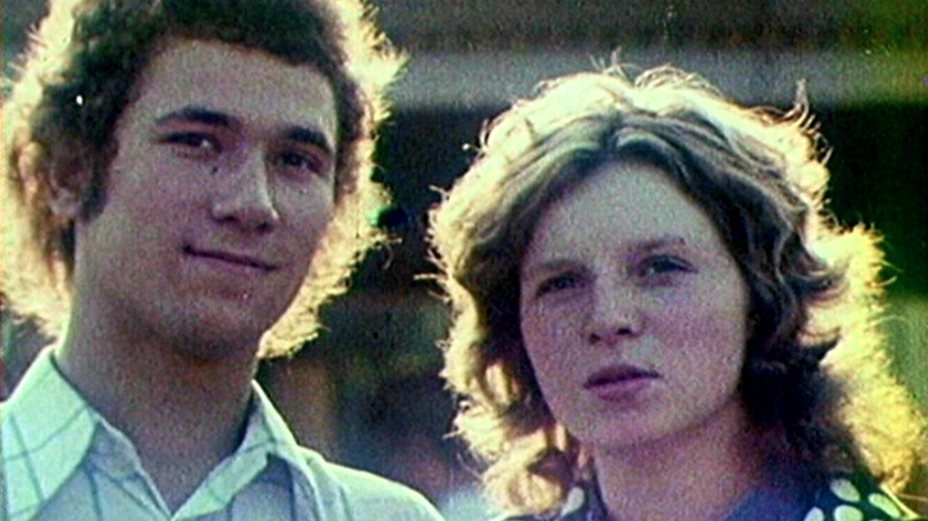
Kieślowski’s First Love (Pierwsza Milosc, 1974)
Kieślowski’s nonfiction film First Love (1974) reads at times as almost fiction.
First Love was Krzysztof’s response to the birth of his daughter and my godchild Marta. The film does contain certain provocations. In one scene, we staged the arrival of a police officer. The actors didn’t know that he had been hired until after the shoot. The situation was believable, because we knew that the neighbours had reported the young couple to the authorities for not registering to live in the building.
Another ‘false’ moment occurs in the park. We didn’t tell our subject that we’d asked the older woman who approaches her to frighten her with grim realities of bringing up a baby in Communist Poland.
But it was Krzysztof’s Curriculum Vitae (1975), my diploma film, which took us to a new level. Krzysztof wrote the film with the help of a Party dignitary. The government decided we could only show it to Communist Party members.
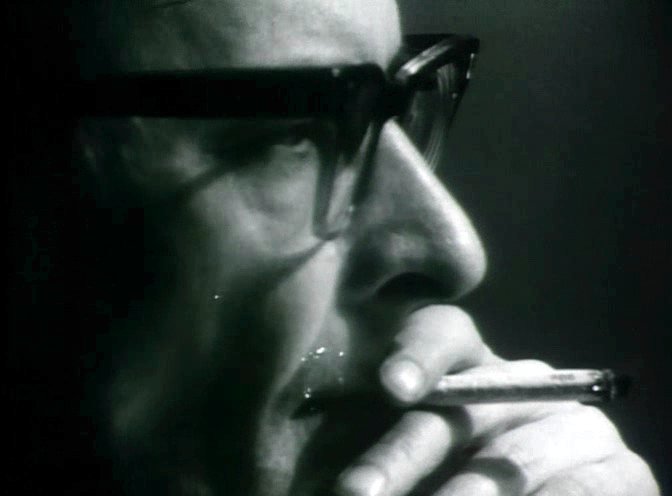
Kieślowski’s Curriculum Vitae (Zyciorys, 1975)
Curriculum Vitae tells a story of a man who’s thrown out of the Party and makes an appeal to the Central Committee. The screenplay is completely fictional, but was written with great precision. Krzysztof’s assistant fabricated a thick dossier – photographs, reports to authorities, all kinds of documents – and then found a man who fitted the made-up CV. The real Central Committee Commission played itself in the film. Its members read the fabricated documents, and then, as if forgetting that this was fiction, debated whether the man should be readmitted.
The film won awards, but Krzysztof was nearing the end of his adventure with documentaries. He felt frustrated. He thought that nonfiction was too intimate; he preferred staging everything with actors. But first he made a film that was 100 per cent true [I Don’t Know, telling a similar story to Curriculum Vitae], with a real man who’d been thrown out of the Party.
After that, Krzysztof hit the wall in his ability to critique the system. He wanted to make a more optimistic film, so we filmed the documentary Hospital (1977). Our last film, Talking Heads (1980), made right before the formation of [the independent union] Solidarity, demonstrated our society’s desire for truth.
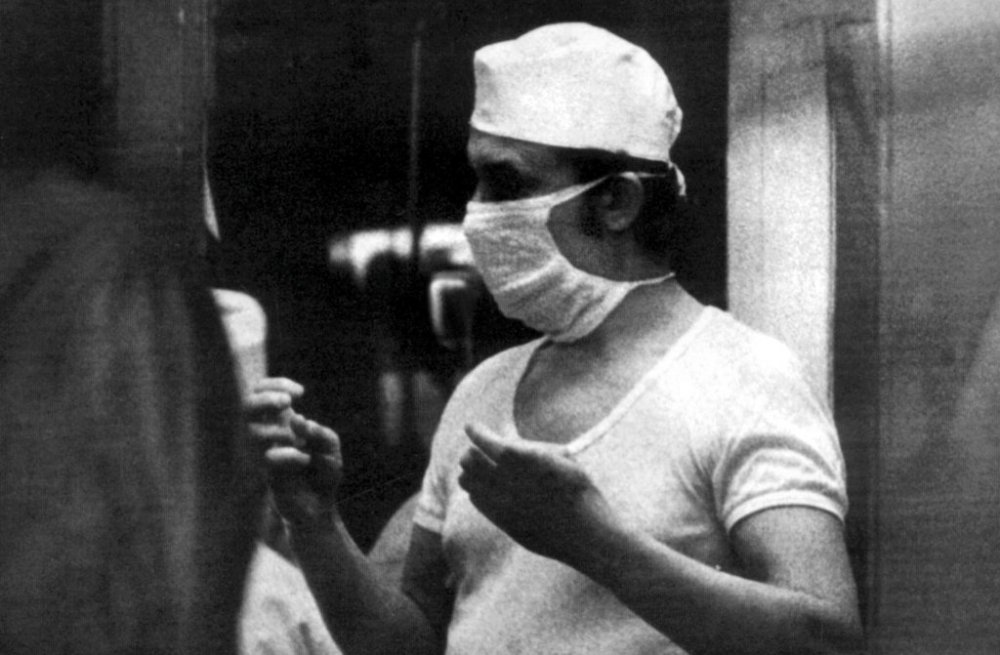
Kieślowski’s Hospital (Szpital, 1977)
Throughout all this, I kept making critical-realism films with Marcel Łoziński. Then martial law was announced [in 1981]. We started documenting the underground movement. Agnieszka Holland had found herself in Sweden and went to Paris where she was part of a Solidarity committee. She bought us cameras and smuggled them to Poland through a Slovakian friend with a British passport. I was shooting on a wonderful Sony Super 8 camera, smaller than today’s video camera, but with each cassette holding only 2½ minutes [of footage].
Most of the materials we shot were used for a film, Poland 85 – To Live in Truth, which Marcel made in France. We showed the military oppression but also the work of independent presses.
You sent all of your materials abroad?
To France or to Britain. Then we decided to make a film about Poland for Poles. So in 1986 I collaborated with Marcel on Witnesses, about a pogrom [of the Jews] in Kielce. The secret police placed us under observation. They warned us to get out, or they would lock us up. The topic was taboo, because there is a theory that the NKVD [the USSR’s internal-affairs police department, closely associated with the secret service] provoked the massacre. Our meddling in the subject was inconvenient for the authorities.
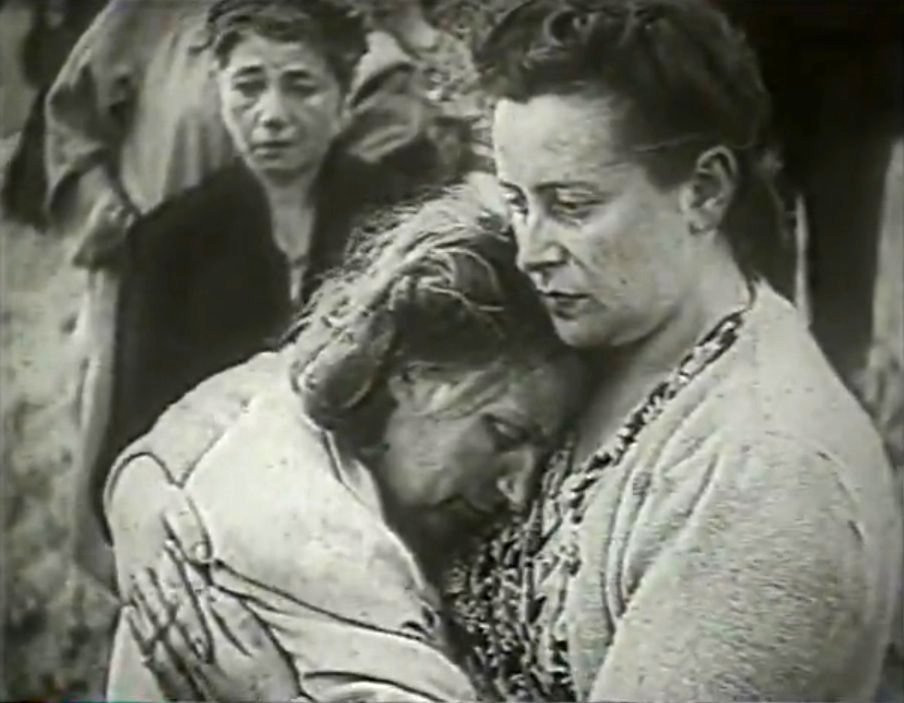
Łoziński’s Witnesses (Świadkowie, 1986)
We thought of it as more of a human story. We had friends from Solidarity in television and they copied materials for us to smuggle out. We premiered the film in Warsaw and saw that nothing [bad] happened. That’s how we knew that times were changing.
Did you know Agnieszka Holland from Warsaw?
Yes. We were all very close, creatively and personally. We would give each other our children’s hand-me-down clothes. I’ve never experienced this kind of intimacy or joined sense of purpose again. We were an artistic bohemia. We watched and supported each other’s films.
Let’s talk about the style of those early Holland films. She has said that the apartment you used as a set for Provincial Actors was so tight you couldn’t fit the equipment.
We wanted to make naturalistic films. That’s why, when years later I was making Krzysztof Kieślowski’s No End, and he hired Allan Starski to build in a studio a spacious apartment worthy of a New Yorker, I saw his choice as a betrayal. In our world, getting an apartment was a nightmare and apartments were cramped.
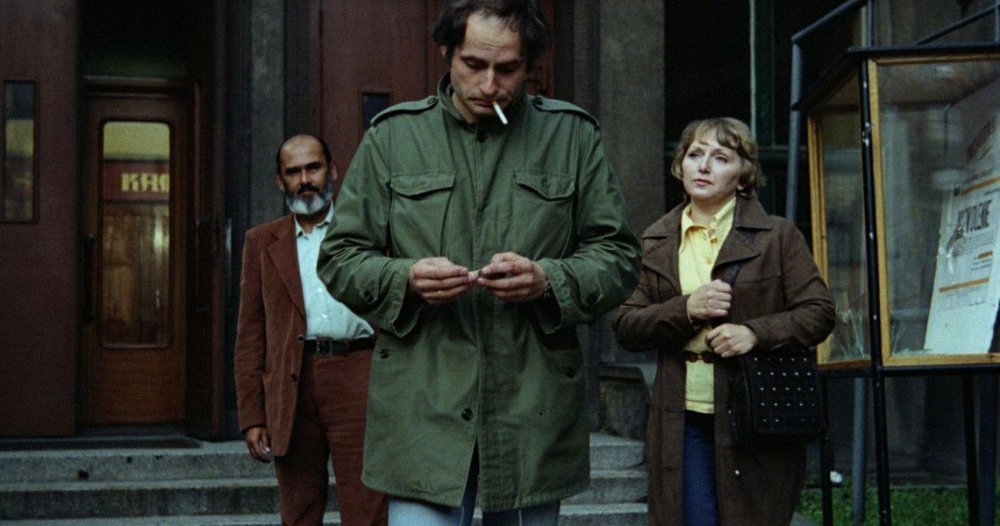
Agnieszka Holland’s Provincial Actors (Aktorzy Prowincjonalni, 1979)
In Provincial Actors, I also underexposed the film to be truer to life, without embellishments. A technical commission held back the film. Luckily, the Filmmakers Association, including renowned cameraman Jerzy Wójcik, defended me. Wójcik called my camera work “painfully true”.
Today some viewers wonder if the sets for films from that Communist period, such as Holland’s A Woman Alone, weren’t staged to look grotesque.
They were real. We filmed in a very poor area close to Wrocław.
You’ve made seven feature-length fiction films with Holland. Has your collaboration with her been very different than that with Kieślowski?
Agnieszka pictures a screenplay in her head. At times, I manage to achieve exactly what she wants. Other times she protests that I got it all wrong. But each film has its own parameters.

Holland’s Fever (Goraczka, 1981)
In A Woman Alone, we wanted heightened realism so you could almost smell the stench coming up from the sewers. We wanted dust, grit and odours. But for Shot in the Heart (2001), my only American film, Agnieszka wanted to use stylistic tropes from the French New Wave, American indie films and classic Polish documentaries. The film’s action unfolds over seven consecutive days, and we shot each day differently. Agnieszka would say, “We’ll make the third day Godard-like.” We aimed for extreme poetics.
What about the style of Europa Europa (1990)?
By then Agnieszka had made a small-budget film, Angry Harvest (1985), which was nominated for an Oscar, and a super-production, To Kill a Priest (1988). She had been through the Hollywood system.
During our preparations, Solomon Perel [the Holocaust survivor on whose memoir the script of Europa Europa is based] visited us. I drove him to various sites in Poland and photographed him as well.

Holland’s A Woman Alone (Kobieta Samotna, 1981)
The main challenge came when we began filming. I was still steeped in the ultra-realist aesthetic of the cinema of moral concern. One day, Agnieszka politely took me aside and said, “What you’re doing is too old-fashioned. You know how to light the set, but we need a richer language, cranes and so on.” I realised I had fallen behind. Agnieszka wanted to involve the viewer, to make a complex story attractive.
A Woman Alone was censored, and so too the films of Łoziński and Kieślowski. What was the hardest moment for you when you felt the brunt of censorship?
It would have to be when the government seized the documentary that I worked on with Kieślowski and Zygadło, Workers ’71: Nothing About Us Without Us. They changed the title and edited it. It was a crucial moment, when we saw that we had a lot to learn about politics.
We demanded that our names be taken off the credits. The regime said we had to leave our names in; they would use them anyway and then make sure that we never made another film. Kieślowski decided to list all 70 names from A to Z, including chauffeurs, so that in the end you couldn’t tell who made the film.

Holland’s Europa Europa (1990)
Yet Łoziński insists that the Communists needed filmmakers, especially the documentary ones, to know what was really happening in the country.
The regime needed to justify the failures of socialist reforms. The country’s economics and the people’s morale kept getting worse. The Party changed leaders and pretended that the system was fine. The studios were happy to let us make films, even if they were censored, shelved or screened in festivals only. As long as a copy existed, when the regime changed again, the officials could say that they had already foreseen it all, and had even allowed a film critical of the old leadership to be made.
You ended up making quite a few films abroad. Many of them were war documentaries.
My first time in a war zone was during a documentary, Serbian Epics (1992), my collaboration with Paweł Pawlikowski. Paweł had made documentaries about literature; I had no idea that we would end up in Sarajevo.
Later came The Unforgiving (1993), my first film with Clive Gordon which won a BAFTA. Then Clive received a stipend from Channel 4 to spend time in Russia. All that Russians talked about was the war in Chechnya. So we packed up and went there. When we arrived near Grozny, we saw desperate mothers awaiting their sons and met a negotiator in charge of exchanging prisoners of war. One week went by, then another.
The third week, there was a massacre of a few hundred people, including children. News stations, human-rights organisations and the Red Cross were prevented from entering the war zone, but for some reason our film crew was allowed past the checkpoint. Yet we still had no story. We merely prepared a report on the tragedy. The producer was anxious to pull the plug, but we insisted that we had to find a way to make a film.
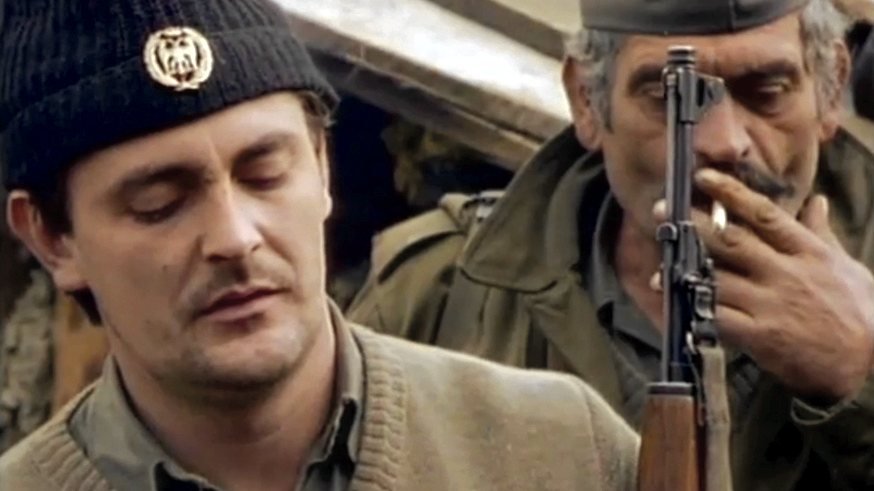
Paweł Pawlikowski’s Serbian Epics (1992)
We were about to leave when suddenly the commandant of the Chechen partisans sent for us. We ended up shooting our film (The Betrayed, 1995) in six days. We were about to go to the airport with the materials that we had buried in various places, afraid that the Russians might take them away, when we ran into the original negotiator and the mothers. That’s how we got the tragic coda, when the negotiator for the other side reveals that the soldiers’ corpses had been mauled by dogs.
How did you cope with the chaos of war?
It must have been instinct. From 1992 to 1998 I traveled to war zones from Africa to the Middle East. I made five films in Yugoslavia. There were a number of times when someone put a Kalashnikov to my head and threatened to kill me. Perhaps it was my ‘Polish bravura’, but I was not afraid. I played the tough guy.
Back home, my wife would plant me on my feet. Once, in Kurdistan, after filming an exchange of fire, I was told that if I climbed for one hour I would find a satellite phone and could call home for $20 per minute. I thought I’d let my family know that I was alive. I could barely breathe, it was extremely hot and I’d been hiking for a while. I began to speak, when my wife cut me off. “Nonsense,” she said. “We’re having real problems here. Our washing machine broke down.”
I guess my approach to life has always been fatalistic. However, I was about to turn 50 when I ended up on the Serbian frontline. We had been warned about heavy sniper fire. The Albanian snipers were shooting so fiercely that I sent back our crew. I stayed behind with my sound person. Soon afterwards, as we were running, I heard the terrible noise of bullets whizzing past me, riddling the woods with holes. I felt fear for the first time.

Clive Gordon’s The Unforgiving (1993)
Then in Rwanda, where I went with Clive [Gordon] to finish our last film [Men in Pink, 1999], I felt fear again when crossing the minefields. And so, on my fiftieth birthday, I promised my family I would no longer film in war zones.
You have said that a director like Kieślowski would not be making films today. Were you commenting on the state of Polish cinema in particular?
No. I actually think that the conditions of working in film in Poland have improved greatly since the country regained its independence. We’re now closer to the West, and our overall professionalism and equipment have improved greatly. But it’s also true that the gradual commercialisation of cinema has made it harder to work in the ambitious vein that Kieślowski worked in, and to which I was accustomed.
Yet somehow we continue to work. My collaborations with Agnieszka Holland, including Shot in the Heart and Julie Walking Home (2002), are good examples of the kind of work that’s still possible, and which gives me great satisfaction. I also work on film series from time to time, such as Agnieszka’s Rosemary’s Baby (2014) for HBO, for which I was the director of second-unit photography, or The Passing Bells (2014) for the BBC. Both were commercial productions, and a good opportunity for me to train using a digital camera, which I thought I would end up using on my latest film.
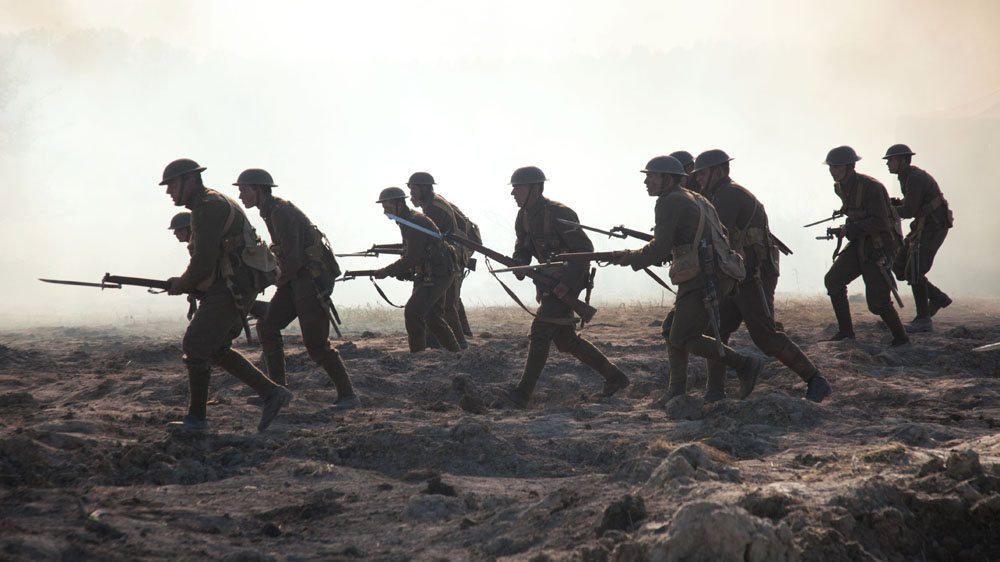
Tony Jordan’s five-part TV series The Passing Bells (2014)
What are some of the projects you are currently working on?
I still enjoy interchanging my work on fiction and nonfiction films. Last year I finished The Dybbuk: The Tale of Wandering Souls, a documentary I had been working on for six years, in Uman, Ukraine, where 40,000 Hasidic Jews gather each year at the grave of Rebbe Nachmann to celebrate Rosh Hashanah. In a way, it’s a film about extremisms – on one hand you have the Hasids, and on the other a small group of Ukrainian ultra-nationalists with some anti-Semitic views. Krzysztof Kopczyński, a professor of philosophy at the University of Warsaw who also produces films, directed the film. We had made a documentary together in Afghanistan in 2007 [Stone Silence], and now Krzysztof has decided to return to directing.
I’ve also worked on a fiction film, Sprawiedliwy (The Just One), based on a screenplay by Michał Szczerbic, also a Polish producer who, at the age of 70, is making his debut as director. The action takes place during the Holocaust, and tells a story of a young girl rescued by a Polish family, who leaves for Israel and returns to Poland only some 20 years later. It is a very interesting look at the Holocaust, told without sentimentality or heroics. This may be one of my very last projects that I have had the pleasure to shoot on film, so I’m very glad to have made it.
Translated from Polish by Ela Bittencourt.
-
The Digital Edition and Archive quick link
Log in here to your digital edition and archive subscription, take a look at the packages on offer and buy a subscription.





